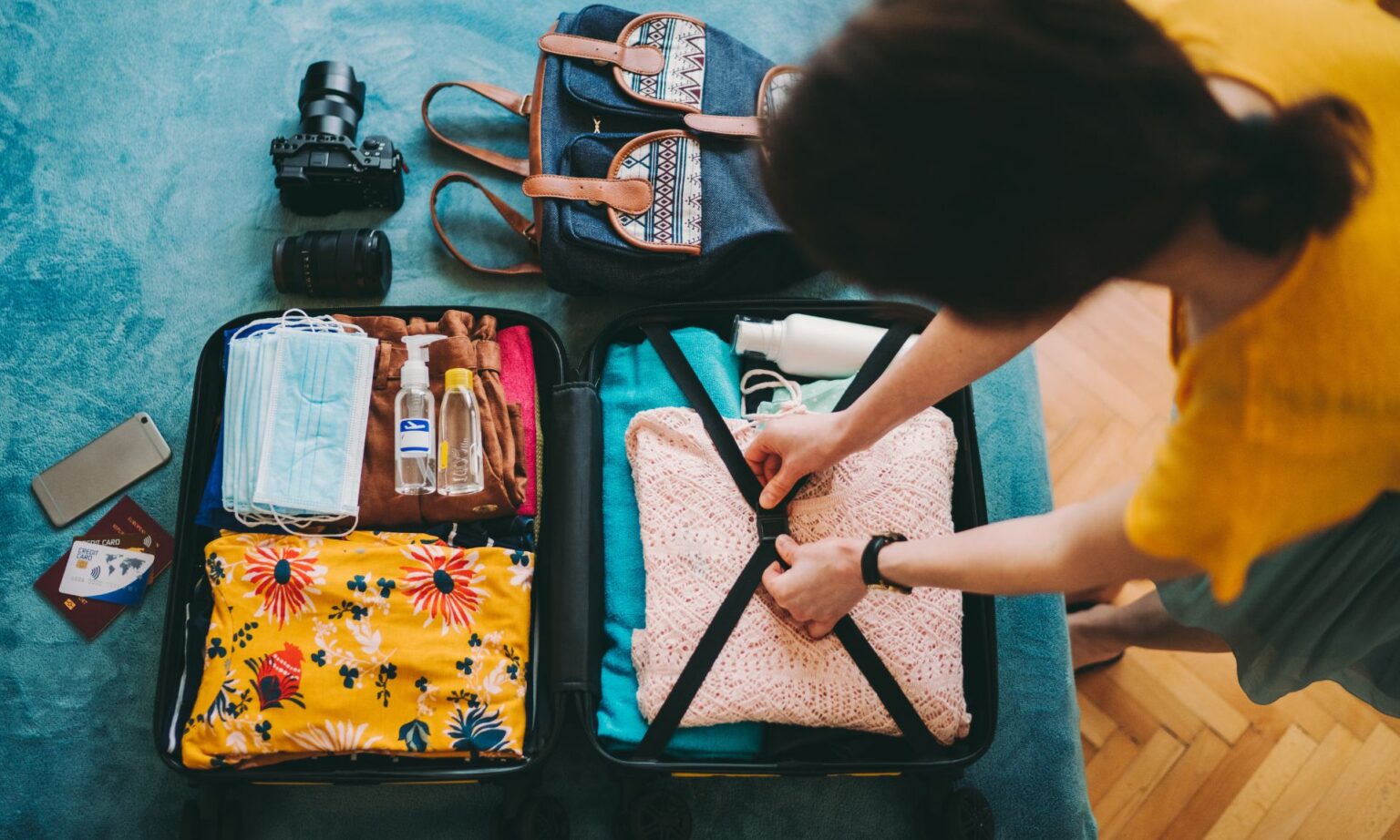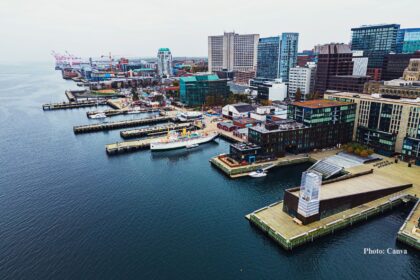Introduction
Exploring the world doesn’t have to come at a high cost to your wallet or the environment. With a little planning and mindfulness, you can curate a travel wardrobe that’s both budget-friendly and eco-conscious. By making sustainable choices and investing in versatile pieces, you can reduce your carbon footprint while still looking stylish on your adventures. Here’s a guide to help you build a travel capsule that’s gentle on your finances and the planet.
- Invest in Quality, Versatile Pieces
Instead of buying cheap, disposable clothing, invest in high-quality, versatile pieces that can be mixed and matched for different outfits. Look for items made from durable, sustainable materials like organic cotton, linen, or recycled polyester. These pieces may cost a little more upfront, but they’ll last longer and save you money in the long run.
READ ALSO: 10 Travel Essentials To Never Leave Home Without
- Choose Eco-Friendly Fabrics
When shopping for travel clothing, prioritize eco-friendly fabrics like bamboo, hemp, and Tencel (made from wood pulp). These materials are biodegradable, require fewer resources to produce, and have a lower environmental impact compared to conventional fabrics like polyester or nylon.
- Thrift and Swap
Instead of buying new clothes for every trip, explore secondhand options. Visit thrift stores, consignment shops, or online marketplaces to find gently used, affordable clothing. You can also organize a clothing swap with friends or join a local swap group to trade items you no longer need.
- Pack Minimally
Overpacking not only adds unnecessary weight to your luggage but also contributes to a larger carbon footprint during transportation. Stick to a minimalist travel wardrobe by packing only what you truly need and embracing the art of layering and mix-and-matching.
READ ALSO: How to Stay Healthy While Traveling
- Opt for Ethical and Sustainable Brands
Support brands that prioritize ethical labor practices, fair trade, and sustainable manufacturing processes. Look for certifications like Fair Trade, OEKO-TEX, or GOTS (Global Organic Textile Standard) when shopping for eco-friendly travel clothing.
- Repair and Repurpose
Instead of discarding worn-out clothing, explore ways to repair or repurpose them. Sew on patches, replace buttons, or transform old t-shirts into travel bags or cleaning rags. Extending the life cycle of your clothing reduces waste and saves you money.
- Pack Eco-Friendly Accessories
Complete your sustainable travel wardrobe with eco-friendly accessories like bamboo sunglasses, cork or recycled plastic sandals, and reusable tote bags or backpacks made from recycled materials.
By following these tips, you can create a budget-friendly and eco-conscious travel wardrobe that not only looks great but also aligns with your values. Remember, every small step towards sustainability counts, and by making mindful choices, you can reduce your environmental impact while exploring the world.
Frequently Asked Questions
1. Where can I find affordable eco-friendly clothing brands?
Many fast-fashion retailers now offer eco-friendly clothing lines made from sustainable materials like organic cotton or recycled polyester. Additionally, online marketplaces and thrift stores are great sources for secondhand eco-friendly pieces.
2. How do I care for eco-friendly clothing while traveling?
Eco-friendly fabrics like bamboo, hemp, and organic cotton often require gentle care. Pack a small bottle of mild detergent or eco-friendly laundry sheets for hand-washing on the go. Air-drying is also recommended over machine drying to extend the lifespan of your clothes.
3. Can I still pack my favorite non-eco-friendly clothing items?
Absolutely! Building an eco-friendly travel wardrobe is a gradual process. Start by incorporating a few sustainable pieces into your existing wardrobe and gradually transition to more eco-friendly options as your clothes need replacing.
4. How can I minimize my environmental impact when shopping for travel clothing?
Prioritize buying secondhand, investing in high-quality pieces that will last, and supporting ethical and sustainable brands. Additionally, minimizing fast fashion consumption and air-drying your clothes can significantly reduce your carbon footprint.
5. Are eco-friendly travel clothes more expensive?
While some eco-friendly options may have a higher upfront cost, they often last longer and save money in the long run compared to constantly replacing cheap, disposable clothing. Additionally, thrifting and swapping can make eco-friendly fashion more affordable.
Conclusion
Embracing a budget and eco-friendly mindset when curating your travel wardrobe is not only good for your wallet but also good for the planet. By investing in quality, versatile pieces made from sustainable materials, shopping secondhand, and supporting ethical brands, you can reduce your environmental impact without sacrificing style or comfort on your adventures.
Remember, building a sustainable travel wardrobe is a journey, and every small step counts. Start by incorporating a few eco-friendly pieces into your existing wardrobe and gradually transition to a more conscious approach. Not only will you look great, but you’ll also have the satisfaction of knowing that your fashion choices are contributing to a greener, more sustainable future.
Ultimately, budget and eco-friendly travel clothing is about striking a balance between practicality, affordability, and minimizing your environmental footprint. By embracing these principles, you can explore the world with confidence, style, and a clear conscience, leaving a positive impact on the destinations you visit.
In another related article, Travel guide for visiting Buenos Aires






